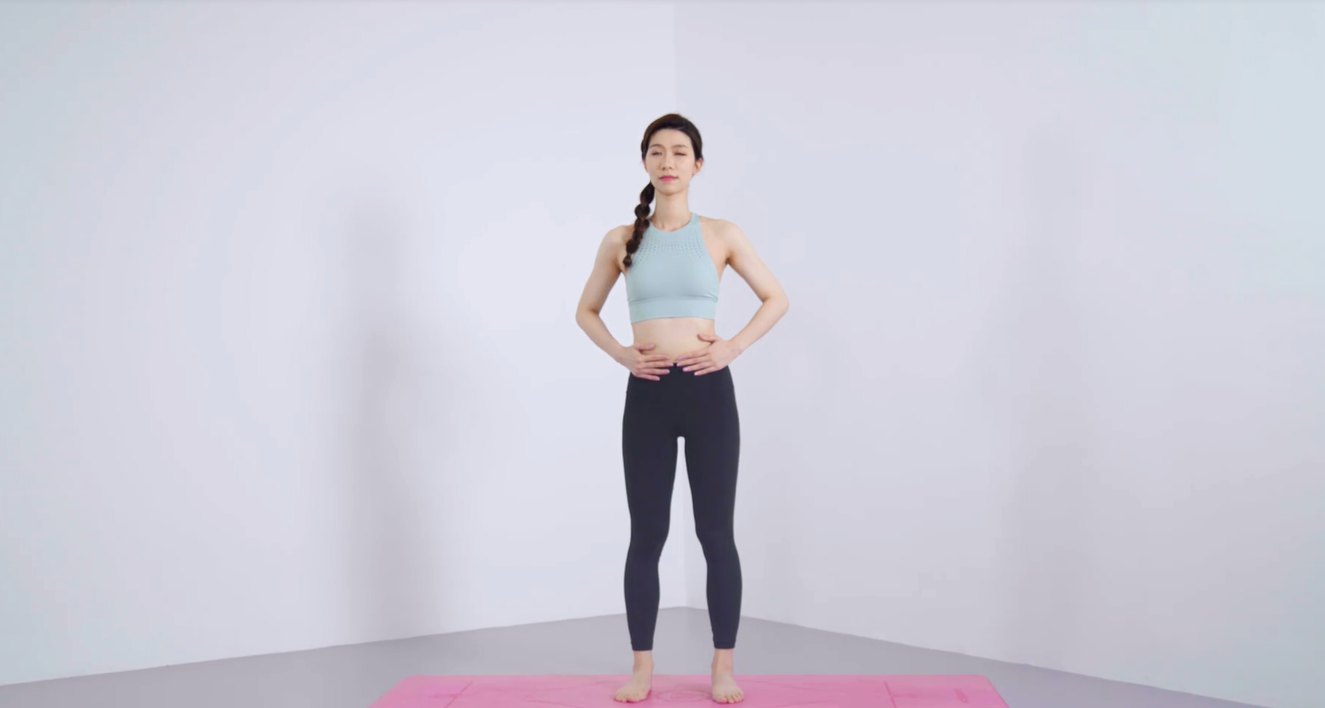How to have a smoother natural labor? Let’s learn this breathing technique.
If you have any queries or suggestions, please feel free to reach out via email to info@harisonfitness.com. We will do everything in our capacity to ensure that you love your experience with us.
When it comes to normal labor and delivery, what always comes to mind is the lady in the ancient costume drama who had a difficult labor, and after taking a look at the child after delivery, she was exhausted and fainted …… and so on! Let’s not scare ourselves! Here is a “battle-experienced” “Lamaze birth breathing method”, quickly take a look.
01What is Lamaze Productive Breathing
“The Lamaze Birthing Breathing Method, also known as “Psychoprophylaxis for Natural Birth”, is a pre-labor workout for pregnant mothers that trains you in neuromuscular control, prenatal gymnastics, and breathing techniques, and is suitable for use in the 7th trimester of pregnancy – labor and delivery.
02Learning Lamaze Production Breathing
Then Lamaze Birth Breathing Method, which contains 6 movements, which are Contour Breathing, Chest Breathing, Shallow and Slow Accelerated Breathing, Shallow Breathing, Closed Breath Push Exercise, and Candle Blowing Exercise, as long as the pregnant mother practiced it more often, she will be able to slow down the pain of labor and delivery, and also eliminate the fear of prenatal, so the baby is born in good health.
I. Contour Breathing
Purpose: The whole body relaxes, and the balance of oxygen and carbon dioxide in the body is maintained.
Method: Slowly take a deep breath in through the nose and slowly exhale out through the mouth. (Like blowing out a candle.)
Chest Breathing
Time: At the initial stage, the uterus opens 2 to 3 cm. each contraction lasts 30 to 50 seconds, with an interval of 5 to 20 minutes.
Method: The mother-to-be relaxes completely. Eyes on a fixed point; inhale through the nose, can feel the chest contour puffed up, mouth exhalation, the chest contour slowly return to its original position, the abdomen to remain relaxed; roughly 6 to 9 times per minute, breathing smoothly, the amount of breath evenly.

Third, shallow and slow accelerated breathing
Time: Accelerated stage, uterine opening 4 to 8 cm. This is the longest and most strenuous stage of labor for the mother-to-be, with contractions occurring once every 2 to 4 minutes for about 1 minute each time.
Method: The mother-to-be relaxes completely and gazes at a fixed point. Breathe in through your nose and out through your mouth; synchronize your breathing with the strengthening and slowing of the uterine contractions.
Shallow Breathing
Time: During the transition phase, the uterus opens 8 to 10 cm. contractions are strong and frequent. The contraction time is 1 minute to 1 minute and a half, every half a minute to 1 minute and a half contraction.
Method: The mother-to-be relaxes completely and gazes her eyes at a fixed point. Slightly open your mouth for inhalation and exhalation (make a hee-hee-hee-hee sound). Keep breathing high and vocalize at the throat; be careful to avoid hyperventilating; take 4 to 6 consecutive rapid inhalations and exhalations followed by even exhalations and repeat until the end of the contraction.

V. Closed-air exertion exercise
Time: The cervix is fully open (10cm). At this stage, the fetus will be delivered at any time and it is also the most difficult time. The length of this period is determined by whether the mother-to-be will push. Therefore, it is necessary to grasp the uterine contractions when exertion, and the uterus stops contractions rest and completely relax, in order to obtain the strength to struggle again.
Sixth, blowing out candles exercise
Time: When you can’t push, but you can’t help but want to push.
How to do it: Breathe quickly by blowing out candles.

Last but not least, labor is a physical activity and it is difficult to complete this arduous process without sufficient energy. Therefore, expectant mothers should get enough rest on their due date, sleep enough for 8 hours a day, take a proper lunch break at noon, and avoid doing activities that consume physical energy.





Leave a Reply
Want to join the discussion?Feel free to contribute!